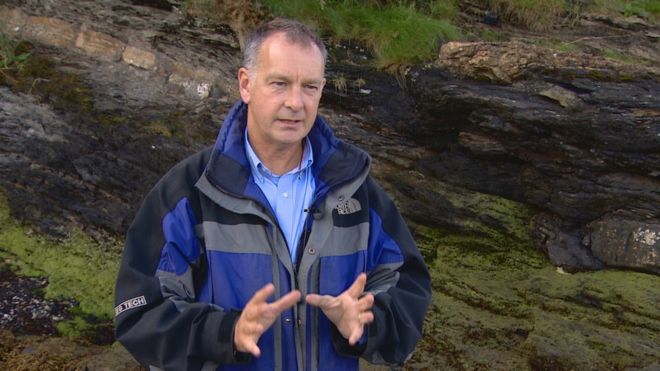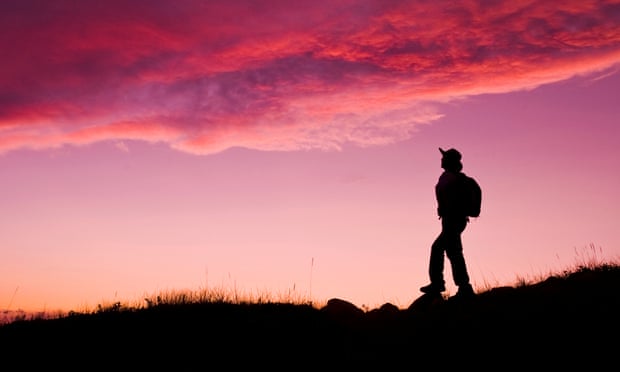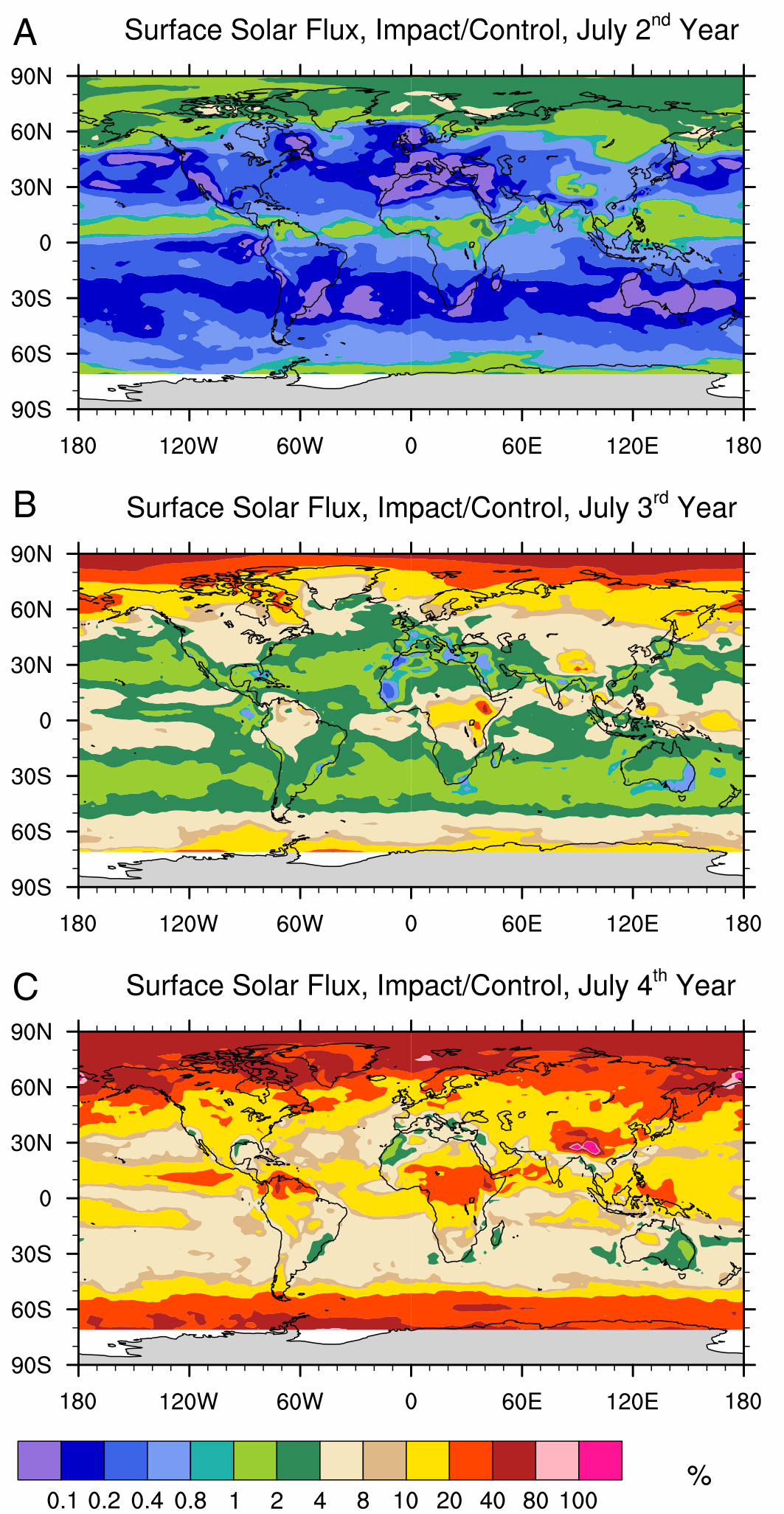Talks, field trips and events organised by west country geological organisations are publicised on this blog. Discussion about geological topics is encouraged. Anything of general geological interest is included.
Saturday 26 August 2017
Next week 28th August to 3rd September 2017
NEXT WEEKS EVENTS
28th August to 3rd September 2017
The following is an extract from Bristol Geology Calendar
More details can be found in the Calendar and on the web sites of the relevant Society or organisation.
All Week (except Monday)
10:00
Bristol City Museum - Pliosaurus!
WhenSun, 13 August, 10:00 – 17:00
WhereBristol Museum & Art Gallery (map)
DescriptionTravel back in time 150 million years and dive into Bristol’s Jurassic seas.
We dare you to come face to face with one very special creature – an eight metre long Pliosaurus called Doris.
She’s the ultimate predator and you’ll be awestruck as you touch her skin, listen to her heartbeat and smell her disgusting breath!
Then travel forward to the present day to find out more about this amazing beast. See her actual fossil – one of the world’s most complete – and play games to discover more about her life and death.
All the family can have fun investigating the science that helped us bring her back to life. Ideal for children aged 3-11 years old.
Discovered in Westbury, Wiltshire in 1994, our internationally significant specimen is the world’s only example of a new species of pliosaur – Pliosaurus carpenteri – and will be on public display for the first time. Pliosaurs are so big that it took ten years to prepare all the fossils that were found.
Bristol Museum & Art Gallery opening times:
Tue-Sun: 10am-5pm
Closed Mondays except Bank Holiday Mondays and Mondays during Bristol school holidays: 10am-5pm
Monday
18:00
Teme Valley Geol Soc - Geological Amble
WhenMon, 28 August, 18:00 – 21:00
WhereMartley Memorial Hall B4197 by Sports Ground (map)
DescriptionA series of 6 weekly Geo-Ambles with John Nicklin
Contact 01886 888318
Tuesday
Wednesday
Thursday
Friday
Saturday
Bath Geol Soc excursion and site clearance
WhenSaturday, 2 Sep 2017
DescriptionDeadmaids Quarry
Deadmaids quarry just to the west of Mere is an S.S.S.I. for the only clear location showing the junction between Upper Greensand and the Lower Chalk. The whole face is obscured by ivy, grass and brambles. Parking is at the back of the trading estate just next to the location. Bring gardening gloves, secateurs, loppers hard hat and eye defenders will keep out the debris. Bringing a packed lunch is recommended.
This site is of importance both for the Chalk and for the Upper Greensand units of the Cretaceous. The quarry provides the finest available section in south west England of the Upper Greensand/Chalk transition as developed in the area to the north of a shallow area in the Cretaceous sea known as the ‘mid-Dorset Swell’. The unique and highly fossiliferous ‘Popple Bed’ is well exposed above the Chert Beds, and is of importance for the rich and diverse assemblage of fossil bivalves, gastropods, ammonites, brachiopods and echinoids which it contains, mainly as phosphatised casts. This is a key locality for study of the palaeontology of the lowermost part of the Chalk (the Cenomanian Stage) in Britain
See: www.thegcr.org.
OUGS South West excursion
WhenSaturday, 2 Sep 2017
WhereSouth Hams, Devon (map)
Description Geology New and Old at Prawle Point
: Dr Jenny Bennett
We will be looking at the schist bedrock (both hornblende and mica) and some important Quaternary deposits indicating both cold and warm stages.
Details from Celia Hadow [south.west.dev
10:00
Southampton Mineral and Fossil Soc. - Show
WhenSat, 2 September, 10:00 – 17:30
WhereLyndhurst Community Centre main car park, off High Street Lyndhurst Hampshire SO43 7NY (map)
DescriptionThe Hampshire Mineral & Fossil Show is held on the first Saturday of September every year in the ideally suited Lyndhurst Community Centre with fifty-six tables of mineral, fossil and geology related displays, for the enjoyment of our visitors, and also with many dealers in fine specimens, crystals and jewellery amongst others.
For 2017 we are delighted to have a display from the The Etches Collection Museum of Jurassic Marine Life. The Etches Collection is a new and unique experience, based on the collection of Steve Etches, local Kimmeridge fossil collector and expert, who over the last 30 years, has discovered, collected, prepared and researched over 2000 incredible late Jurassic Kimmeridgian specimens. These are now on display in the new, custom built Museum of Jurassic Marine Life at Kimmeridge which takes you back to a time before humans existed and a time when parts of Dorset were under the sea. This will be an unique opportunity to see some of the specimens from Steve's collection and to find out more about life in Jurassic period in what is now part of the Jurassic Coast in Dorset. To find out more about The Etches Collection Museum of Jurassic Marine Life http://www.thee
Sunday
Friday 25 August 2017
Alpine landslides
Climate Change to make Alpine Landslides more Common?
The recent landslide on the Swiss-Italian border - see the video above has inspired thoughts about their significance
This article discusses possible reasons for landslides and suggests that climate change will make them more common.
Monday 21 August 2017
Fracking - will we get any gas?
Will Drilling Results Match the Hype?
(Note:- I wrote this last week but forgot to click the publish button! So, lukewarm off the presses, it appears at last!)
This article injects some doubt into the hope/fear that there is a lot of gas in the UK obtainable by hydraulic fracturing (aka "fracking"). (The author is called John Underhill, which is a lovely name for a geologist!)
This article injects some doubt into the hope/fear that there is a lot of gas in the UK obtainable by hydraulic fracturing (aka "fracking"). (The author is called John Underhill, which is a lovely name for a geologist!)
You can also read about it in the FT, the BBC and the Guardian and no doubt in other newspapers.
There are an awful lot of words, but, as yet, no gas.
 |
| Prof Underhill doubts if the UK's geology makes it suitable for fracking. |
Saturday 19 August 2017
Next week 21st to 27th August 2017
NEXT WEEKS EVENTS
21st to 27th August 2017
The following is an extract from Bristol Geology Calendar
More details can be found in the Calendar and on the web sites of the relevant Society or organisation.
All Week (except Monday)
10:00
Bristol City Museum - Pliosaurus!
WhenSun, 13 August, 10:00 – 17:00
WhereBristol Museum & Art Gallery (map)
DescriptionTravel back in time 150 million years and dive into Bristol’s Jurassic seas.
We dare you to come face to face with one very special creature – an eight metre long Pliosaurus called Doris.
She’s the ultimate predator and you’ll be awestruck as you touch her skin, listen to her heartbeat and smell her disgusting breath!
Then travel forward to the present day to find out more about this amazing beast. See her actual fossil – one of the world’s most complete – and play games to discover more about her life and death.
All the family can have fun investigating the science that helped us bring her back to life. Ideal for children aged 3-11 years old.
Discovered in Westbury, Wiltshire in 1994, our internationally significant specimen is the world’s only example of a new species of pliosaur – Pliosaurus carpenteri – and will be on public display for the first time. Pliosaurs are so big that it took ten years to prepare all the fossils that were found.
Bristol Museum & Art Gallery opening times:
Tue-Sun: 10am-5pm
Closed Mondays except Bank Holiday Mondays and Mondays during Bristol school holidays: 10am-5pm
Monday
18:00
Teme Valley Geol Soc - Geological Amble
WhenMon, 21 August, 18:00 – 21:00
WhereMartley Memorial Hall B4197 by Sports Ground (map)
DescriptionA series of 6 weekly Geo-Ambles with John Nicklin
Contact 01886 888318
Tuesday
Wednesday
Thursday
Friday
Saturday
Sunday
Women and others and fossils
Does Palaeontology have an Image Problem?
Studying at Aberdeen where (and when) we didn't really do fossils, palaeontology's image, if it ever occurred to me, was mixed up with sediments and other aspects of gardening! Igneous and metamorphic petrology was where geology should be.
But wider experience has had its affect and one now accepts that fossils and sediments are valid areas of study. So this article in the Guardian is a further step in my education.
I suspect that your opinion will mirror that of the comments which follow the article - its extremely important or its something about nothing. It may have been important once but it will be sort itself out soon or something must be done.
Thankfully I don't need to do anything - I will continue to talk to all sorts of geologists
 |
| The stereotype of the fossil prospecting man in the desert is hard to shake. Photograph: Dave Reede/Getty Images/First Light |
Friday 18 August 2017
A tale of Ice and Fire
Wild Fires in Greenland
This article discusses the increasing number of wildfires in Greenland.
The fear is that global warming is reducing the thickness of permafrost and thus increasing the amount of peat exposed and available to burn. Also black carbon released by the burning may cover permanent snow and ice and therefore increase melting by boosting its heat absorption.
Saturday 12 August 2017
Next week 14th to 20th August 2017
NEXT WEEKS EVENTS
14th to 20th August 2017
The following is an extract from Bristol Geology Calendar
More details can be found in the Calendar and on the web sites of the relevant Society or organisation.
All Week (except Monday)
10:00
Bristol City Museum - Pliosaurus!
WhenSun, 13 August, 10:00 – 17:00
WhereBristol Museum & Art Gallery (map)
DescriptionTravel back in time 150 million years and dive into Bristol’s Jurassic seas.
We dare you to come face to face with one very special creature – an eight metre long Pliosaurus called Doris.
She’s the ultimate predator and you’ll be awestruck as you touch her skin, listen to her heartbeat and smell her disgusting breath!
Then travel forward to the present day to find out more about this amazing beast. See her actual fossil – one of the world’s most complete – and play games to discover more about her life and death.
All the family can have fun investigating the science that helped us bring her back to life. Ideal for children aged 3-11 years old.
Discovered in Westbury, Wiltshire in 1994, our internationally significant specimen is the world’s only example of a new species of pliosaur – Pliosaurus carpenteri – and will be on public display for the first time. Pliosaurs are so big that it took ten years to prepare all the fossils that were found.
Bristol Museum & Art Gallery opening times:
Tue-Sun: 10am-5pm
Closed Mondays except Bank Holiday Mondays and Mondays during Bristol school holidays: 10am-5pm
Monday
18:00
Teme Valley Geol Soc - Geological Amble
WhenMon, 14 August, 18:00 – 21:00
WhereMartley Memorial Hall B4197 by Sports Ground (map)
DescriptionA series of 6 weekly Geo-Ambles with John Nicklin
Contact 01886 888318
Tuesday
19:30
SMFS Evening Meeting
WhenTue, 15 August, 19:30 – 22:00
WhereFriends’ Meeting House, Ordnance Road, Southampton, SO15 2AZ (map)
DescriptionAnnual Swap & Sale Evening. Bring along unwanted minerals, fossils, rocks, books,
anything of geological interest, to exchange or sell.
Wednesday
Thursday
19:30
Thornbury Geology Group meeting
WhenThu, 17 August, 19:30 – 20:30
Description Thornbury Geology Group, The Chantry, Thornbury, 7.30pm, contact 01454 416882
The group is is an offshoot of Thornbury and District Museum and we welcome new members.
Previous geological knowledge can be helpful but is not necessary as members are very willing to share their own knowledge with anyone keen to learn more about Earth Science.
The group is loosely following a pre-recorded lecture series which is supplemented by use of other material and geological specimens. On occasions a guest speaker will talk on their specialist topic.
Costs are met from attending members' monthly contributions and the group does not have membership subscriptions or a committee
Friday
Saturday
SWGA Field Trip - The Old Red Sandstone of the Ruperra area near Cardiff
WhenSaturday, 19 Aug 2017
WhereMeet at 10:30 am at Coed Llwyncelyn car park, near Rudry (ST 202 854) (map)
DescriptionThe Old Red Sandstone of the Ruperra area near Cardiff
Leaders: Tom Sharpe and John Davies
14:00
Wiltshire Museum event: GUIDED GEOLOGY WALK
WhenSat, 19 August, 14:00 – 17:00
WhereWindmill Hill: ST 872 311 (map)
DescriptionA 4 mile (3 hour) walk led by Isobel Geddes (along footpaths, tracks & lanes) looking at geology, landscape and building stones. The varied geology with steeply dipping rocks makes the terrain hilly but there is a spectacular view over the Stour valley. Meet Saturday 19th August 2017 at 2 pm. at Windmill Hill: ST 872 311.
Stout footwear, protective clothing to suit the prevailing weather conditions and reasonable mobility will be required (participants must be able to walk at least four miles at a reasonable pace). Walk includes a steep hill and is expected to take about 2.5 hours.
Sunday
Weighing titanosaurs
Patagotitan mayorum - how much did it weigh?
A lot! But science needs a bit more accuracy than that, so this article discusses how to estimate the weight of the largest titanosaur found so far. And comes to no very definite conclusion. It is thought to be 8 to 18% heavier than Argentinosaurus hiunculensis (the previous largest dinosaur) which is thought to have weighed 73 tons.
Tuesday 8 August 2017
Tolkien - not a geologist!
Middle Earth - a Geological Nightmare!
 |
| Tolkien's Middle Earth does not make geological sense |
This article discusses the authors hangups with the map in "The Hobbit" and "The Lord of the Rings". He gets quite upset about it - but not as much as the people who comment on him!
I doubt that Tolkien would be much bothered.
Saturday 5 August 2017
Next week 7th to 13th August 2017
NEXT WEEKS EVENTS
7th to 13th August 2017
The following is an extract from Bristol Geology Calendar
More details can be found in the Calendar and on the web sites of the relevant Society or organisation.
Monday
18:00
Teme Valley Geol Soc - Geological Amble
WhenMon, 7 August, 18:00 – 21:00
WhereMartley Memorial Hall B4197 by Sports Ground (map)
DescriptionA series of 6 weekly Geo-Ambles with John Nicklin
Contact 01886 888318
Tuesday
Wednesday
Thursday
Friday
Saturday
Sunday
Subscribe to:
Posts (Atom)



